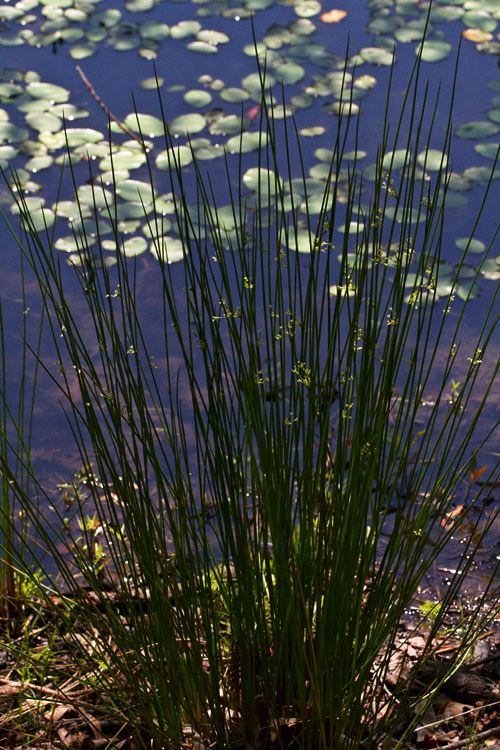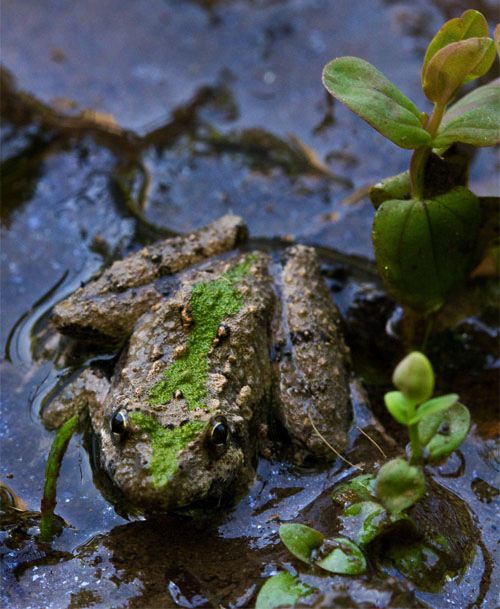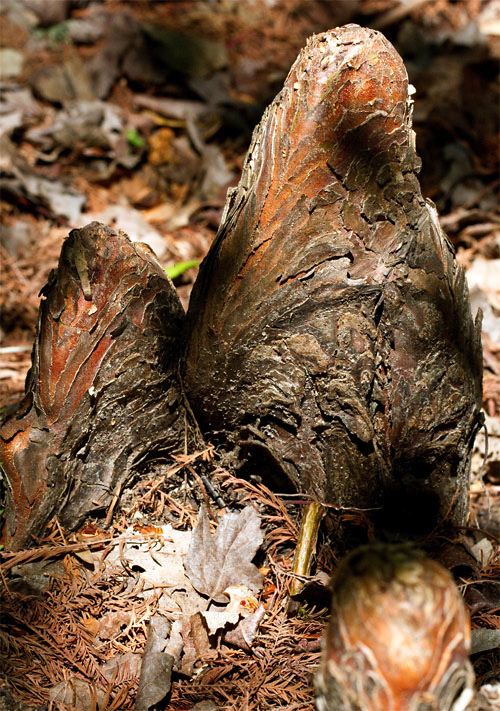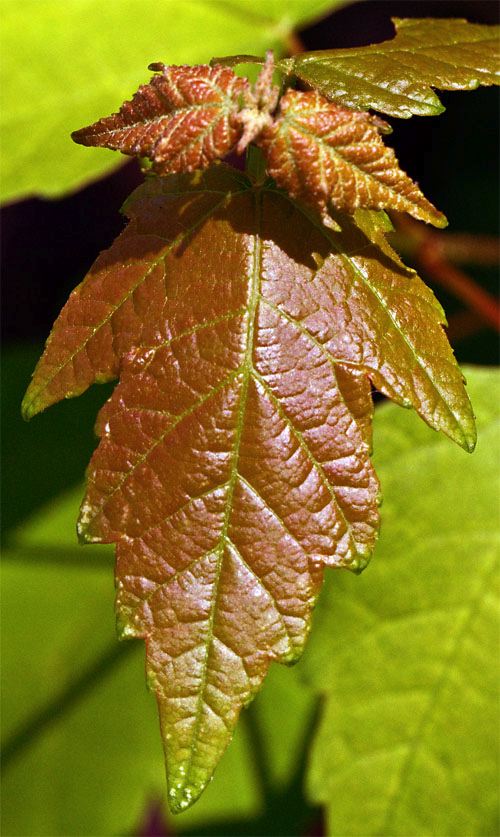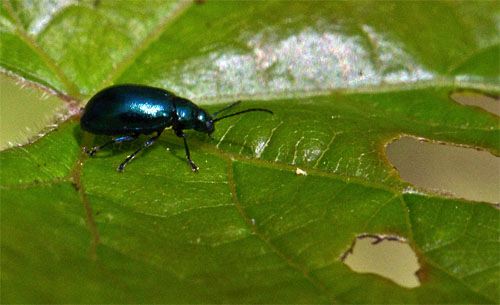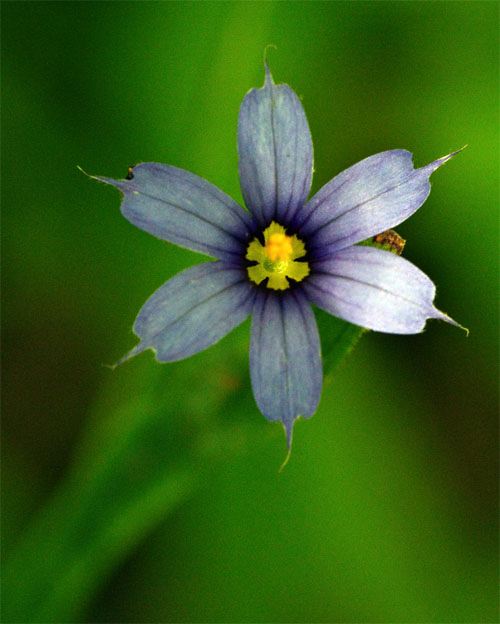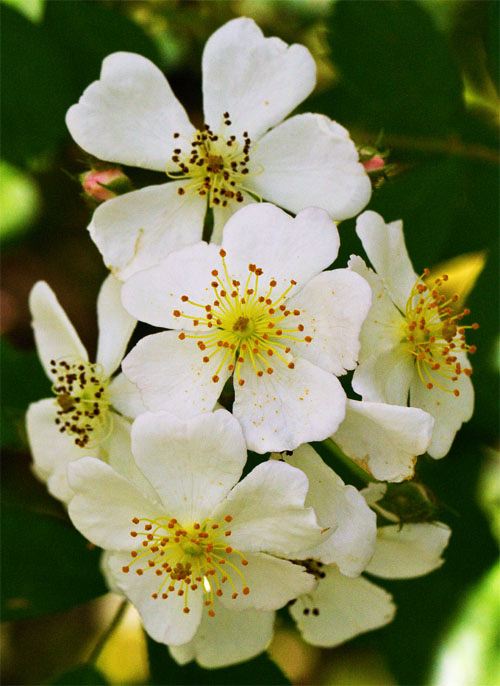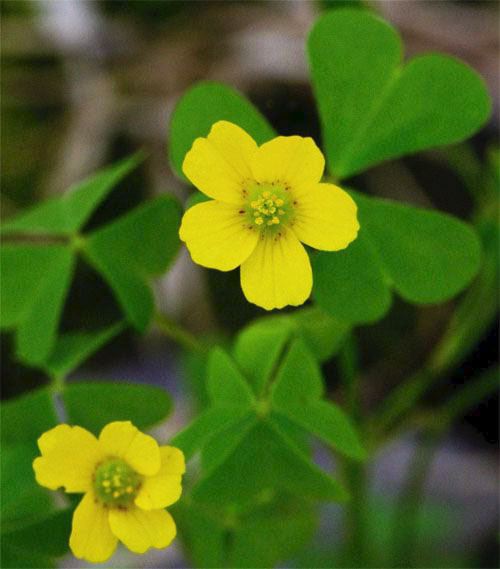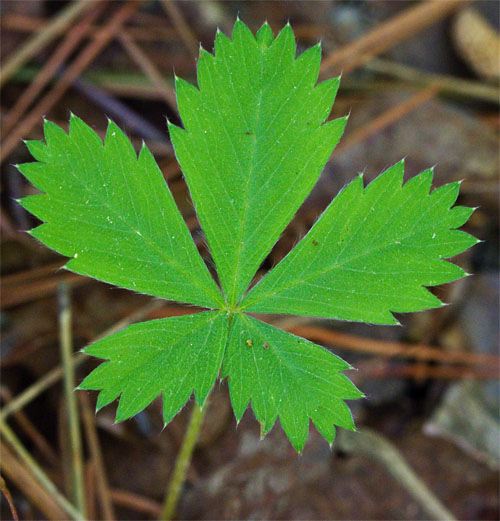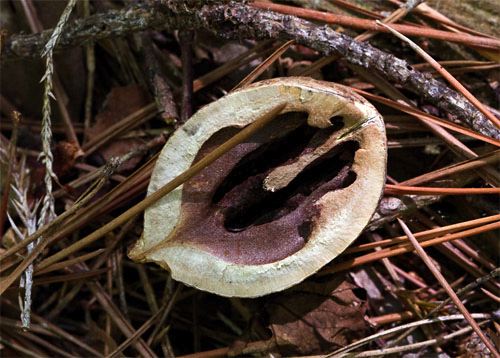|
|
|||
|
THIS WEEK at HILTON POND
11-21 April 2011 INSTALLMENT #508---Visitor # (Back to Preceding Week; on to Next Week) |
|
SIGNS OF MIDDLE SPRING 2011 We've been fully immersed in desk work lately, scouring banding data from our three Operation RubyThroat hummingbird expeditions to the Neotropics. We've been getting the numbers in shape for submission to the U.S. federal Bird Banding Laboratory via a computer program named, appropriately enough, Bandit 3. We're more than a little hopeful after catching all those Ruby-throated Hummingbirds January through March in Costa Rica (105 RTHU banded), Guatemala (4), and Belize (18) that a few will be encountered by banders back north on the breeding grounds in the U.S. and Canada. We'd be truly elated--and even more incredulous--to get one of them here at Hilton Pond Center. While number-crunching and waiting for potential ruby-throat encounters we did find a little time to watch further advance of the spring season here at the Center and got out for a few minutes on several days to follow-up last week's installment on "Signs of Middle Spring." This week, we continue the theme with another Middle Spring flora and fauna portfolio (Part 2), offering another set of images that depict what's transpiring midway through our favorite season of the year.
All text & photos © Hilton Pond Center The Wood Ducks are still doing Wood Duck things on Hilton Pond, with at least four pairs maintaining pair bonds. Females spend most of the day in their respective nest boxes, incubating eggs that should be hatching very soon. Most mornings each attentive female jumps out of her box and splashes down on the water's surface to stretch and preen, at which point a male--likely her mate--joins her for a short cruise around the pond. The female eventually flies to the top of the nest box, followed by the male (on a cloudy morning, above) who hangs around until she re-enters the box for another incubation stint. At that point, the male may descend again to the water or fly off to some unknown destination--maybe to join other Middle Spring males who also await imminent hatch of their offspring.
All text & photos © Hilton Pond Center The afternoon of 16 April brought the Carolinas the second round of severe weather this month, with torrential rainfall and high winds. Fortunately, the Center lies south and west of the main brunt of the storms that wreaked havoc just northeast of us in North Carolina. Although we got nearly an inch of precipitation that brought Hilton Pond to within a foot of maximum depth , we're always concerned when we don't yet have full pond by the end of spring; summer's high temperatures and evaporative conditions can take our pond--and another larger impoundment into which it flows--to very low levels quite detrimental to resident fish and amphibians. Two plants have benefitted from lower water levels, however, because they've been able to take hold in exposed muddy pond margins. One of these, an unidentified round-stemmed rush (foreground above) is blooming now on the banks, while a fast-growing plant called Water Shield, Brasenia schreberi (background above), has nearly covered the surface of the lower pond with its round leaves. A few specimens of this native and nonetheless invasive aquatic have started growing in Hilton Pond, so we've decided to try harvesting them before they bloom, set seed, and take over.
All text & photos © Hilton Pond Center One good thing about aquatic plants around a muddy pond margin is they offer good habitat and hiding places for larval and adult amphibians. Creatures such as the Northern Cricket Frog, Acris crepitans (above), appear to be much more plentiful now that the edges of Hilton Pond are vegetated. (Prior to our arrival here in 1982, former owners mowed all plant matter right up to the edge of the water, which made it easy for cattle to drink and humans to fish but provided little shelter for wildlife.) Northern Cricket Frogs are scarcely an inch long and those at the Center typically bear a neon-green stripe from nose to vent. The one in the photo above was hunkered down in shallow water and pretty obvious through the 100mm macro lens of our camera. From a more distant view, however, the little frog was so well camouflaged it would go unnoticed to all but the sharpest eyes.
All text & photos © Hilton Pond Center Not far from the mini-frog were several oddly shaped growths (above) emerging from an exposed area of the mudflat around the pond. The largest was about six inches tall, with a dark orange tip and roughly textured sides. Around it were dead Red Maple leaves from last fall's foliage drop, plus what looked like needles from some coniferous tree. Both the needles and emergent structures had been produced by a Bald Cypress tree we planted about two decades ago and that now thrives on the banks of Hilton Pond. The growths in the photo above are so-called "cypress knees"--woody extensions of the tree's roots that are thought to allow them to exchange gases when most of the root system is submerged. Bald Cypresses, Taxodium distichum, are thought of as Lowcountry swamp trees, but they once occurred much further inland and throughout the Carolina Piedmont; most were logged out long ago.
All text & photos © Hilton Pond Center And speaking of Red Maple trees, one was growing right beside the Bald Cypress and doing quite well in a rather wet environment. Red Maples, Acer rubrum, at Hilton Pond Center flower as early as February but wait a month to unfurl leaves. Although most twigs on this particular Red Maple were already in full leaf by Middle Spring, a few were just producing new leaves like the ones above. New Red Maple foliage contains particularly high concentrations of anthocyanins--red pigments that protect tender new leaf tissue from the sun's dangerous ultraviolet rays. As the leaf develops and tissues harden the anthocyanins die and are replaced by green chlorophyll that carries out photosynthesis and produces food for the tree. Note the insect damage on the topmost leaf in the photo.
All text & photos © Hilton Pond Center Considering just how tender new tree leaves can be, it's a wonder they don't ALL get eaten by herbivores before becoming fully developed. By Middle Spring there are plenty of ravenous adult and larval insects in search of something to chew upon; the unidentified quarter-inch-long blue-black beetle in the photo above is an example. This insect apparently had found a cellulose source to its liking--a recently unfolded leaf of a Muscadine grape. The leaf blade, only a few days old, was already scarred by three holes made by hungry insects.
All text & photos © Hilton Pond Center Even the petals of Blue-eyed Grass (above) showed minor edge damage due to insect browsers. This tiny, quarter-inch flower isn't a grass at all but is in the Iris Family (Iridaceae). There are many species of Blue-eyed Grass (Sisyrinchium spp.), some of which are yellow or white. Taxonomy for this group is in a mess, especially because some supposed species are actually variants of a few main species. DNA studies may help resolve some of the confusion. For now, we're just happy to observe and photograph the eye-pleasing Middle Spring blossoms of Blue-eyed Grass.
All text & photos © Hilton Pond Center Another flower that may be equally eye-pleasing is a non-native we'd just as soon NOT have growing at Hilton Pond Center. It's Multiflora Rose, Rosa multiflora, a pernicious invasive whose vines bear vicious decurved thorns that can shred one's ankles in an instant. We've done what we could to cut and dig out this Asian import but still occasionally get lacerated when we come across a rose cane that escaped our wrath. One problem with this shrubby vine is that each of the five-petalled white flowers in the photo above can make a rose hip with several seeds, and rose hips are a favorite food of winter birds and small mammals that disseminate those seeds in their droppings. Fortunately, now that Center property has progressed from being open grassland to young forest, shade from canopy trees keeps most young Multiflora Rosebushes from getting out of hand before we whack them back with pruning shears.
All text & photos © Hilton Pond Center Not all five-petalled flowers are roses, and not all are held in such disdain as Multiflora Rose. The quarter-inch yellow blossom above might be recognized by its tripartite leaf that resembles a shamrock; in fact, it IS a shamrock--in this case Yellow Woodsorrel, Oxalis stricta. This herbaceous plant begins blooming in Middle Spring--often in a flower bed or uncut lawn--and is treated as a weed by many gardeners. We find it to be an interesting member of our native flora, particularly because its leaves, flowers, and stems have a lemony flavor that gives rise to its alternate name of "Sourgrass." Instead of spraying this attractive yellow flower, pick and it add it to salads or make lemonade therefrom.
All text & photos © Hilton Pond Center Although the many species of roses and woodsorrels have flowers with five petals, plants with five-parted foliage seem much less common. One notable exception is a low-growing plant we found this week along a trail at Hilton Pond Center. It was a Cinquefoil, Potentilla sp., whose common name actually means "five leaves." Another non-native, it frequently grows in fields and pastures where cattle refuse to eat it. (By the way, the cinquefoil flower also has five PETALS--which ought not be a surprise when we consider this plant actually IS in the Rose Family.) Cinquefoil's foliage is present by Middle Spring but the plant above probably won't blossom until early summer.
All text & photos © Hilton Pond Center Our final Middle Spring specimen at Hilton Pond Center was actually a leftover from last fall: The half shell of a hickory nut. We're guessing this big fruit--which ripened well before winter set in--was collected and buried in November by an Eastern Gray Squirrel that recently rediscovered its hoard. The nutshell, freshly opened, contained no traces of nutmeat. Thus, despite the hickory's efforts no tree will come from this particular nut that served as welcome treat for a hungry squirrel in Middle Spring 2011. All text & photos © Hilton Pond Center
|



